Table of Contents
Art has thrived in museums and galleries for centuries serving as one of the major platforms for artistic expression. With the digital revolution pushing boundaries, the curated space for appreciation and reflection is not only confined to conventional means. Art is transformed from a static experience to a dynamic one, seamlessly blending with the physical world. Digital art installations are breathing life into static outdoor spaces.
Beautifying the outdoors with meaningful messages
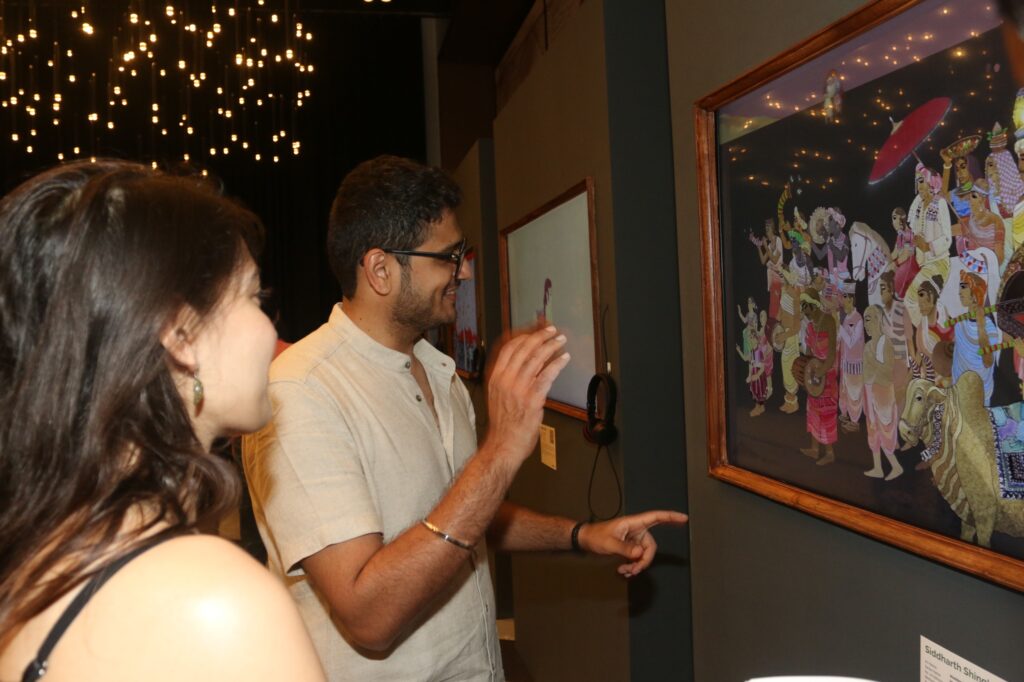
The streets of Mumbai are in itself a cacophony of city sounds. Amid the bustling vibes of this city is a mesmerizing Worli NSCI Bus Stop that got a makeover. This National Sports Club of India (NSCI) or Nehru Planetarium bus stop is equipped with various facilities like USB charging, CCTV cameras, etc. Apart from this, the bus stop features an engaging and dynamic digital art display for passersby and others to view.
Beyond aesthetics, digital art in outdoor spaces can serve in multiple ways:
- Illuminate blind spots or corners
With strategically placed projectors, previously dark spaces can be illuminated with light patterns that shift and change. Furthermore, sensor-activated digital art displays can light up blind spots to draw attention to an otherwise secluded or unsafe area to create a secure environment.
- Establish a sense of community
When digital art is displayed interactively, it creates a shared experience for people in public spaces. For instance, in Chicago’s Millennium Park, the Crown Fountain by Spanish artist Jaume Plensa depicts two mirrored towers displaying video portraits of residents in real time. This digitally artistic display portrays and fosters a sense of connection among the citizens visiting this park.
- Raise awareness about neglected social issues
Digital art can use powerful visuals and animations to raise awareness about social issues such as mental health, homelessness, or environmental harm. It can tell stories of individuals or communities through visual depictions of culture and history. It can even help spark conversations connected to social issues, fostering empathy and understanding among the viewers.
- Accessible to a wider audience
Digital art can be designed and displayed to a wider audience rather than being confined indoors. Not everyone is inclined to visit art galleries but displaying digital art outdoors can better convey interactive elements through artistic expression. Also, it can be adapted for people with disabilities.
- Integration with other emerging technologies
As we know, digital art is constantly evolving, opening doors to more possibilities for the future. It can be integrated with new technologies like augmented reality to create an interactive and immersive experience even in outdoor spaces.
Therefore, digital art can adapt and evolve with the environment to enhance its potential to express the right message.
The dynamic quality of digital art installations
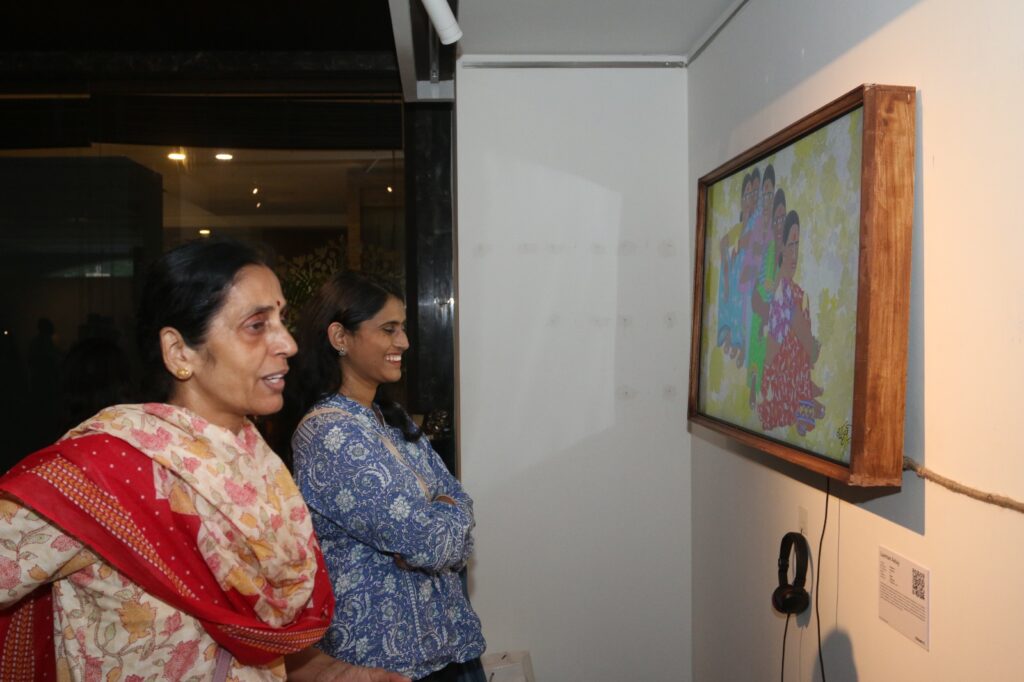
From static sculptures and murals, the world of art has come a long way. Now, digital art installations are programmed to respond to external stimuli like the time of day and the weather.
For instance, reactive art is dynamic artwork that responds to data feed like the weather, seasons, the lunar cycle, etc. The artist chooses such a dynamic variable and then decides how that variable will affect the digital art piece. Josh Pierce, a 3D artist created reactive artwork called Impermanence in 2022. He used real-time geolocation to react to weather conditions like when it gets sunny or it will rain, and other climatic nuances. This dynamic quality paves the way for artists to digitally paint immersive experiences that are evolving with time, giving viewers the element of surprise.
Digital art installations are cost-effective as they can be easily updated without the need for physical alterations. This further reduces the use of more resources and waste, minimising environmental impact.
From interactive walkways to guide pedestrians with light displays to towering projections, turning buildings into canvases. These artistic expressions have the power to beautify cities, foster a sense of wonder, and evoke a sense of community among those who inhabit them.
With a growing pool of talented digital artists, metropolitan cities like Mumbai are constantly witnessing new forms of displays adorned on flyovers and under bridges. We can certainly expect to see more from bustling metro stations to public parks, and malls, among other places, transforming outdoor spaces into vibrant and interactive hubs.
Featured image courtesy: Viraj Khanna, Self Talk, NewArtX Launch Event.

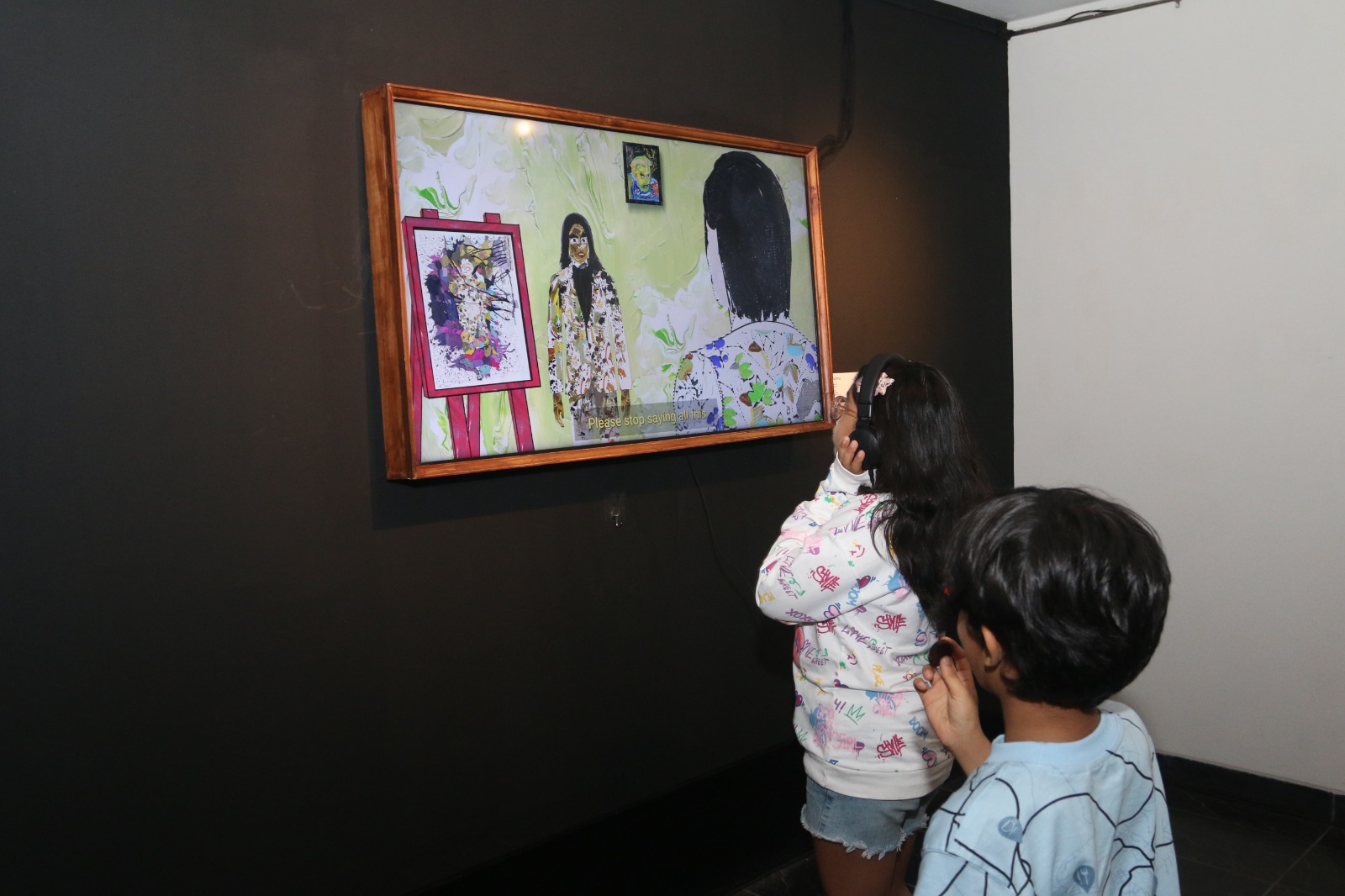

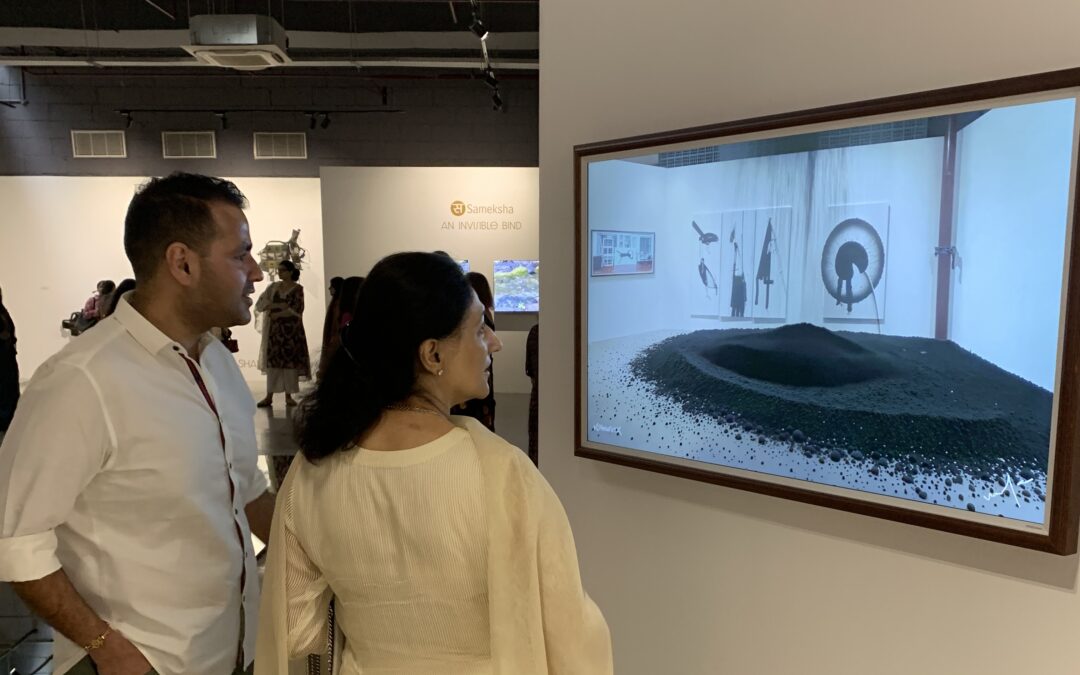
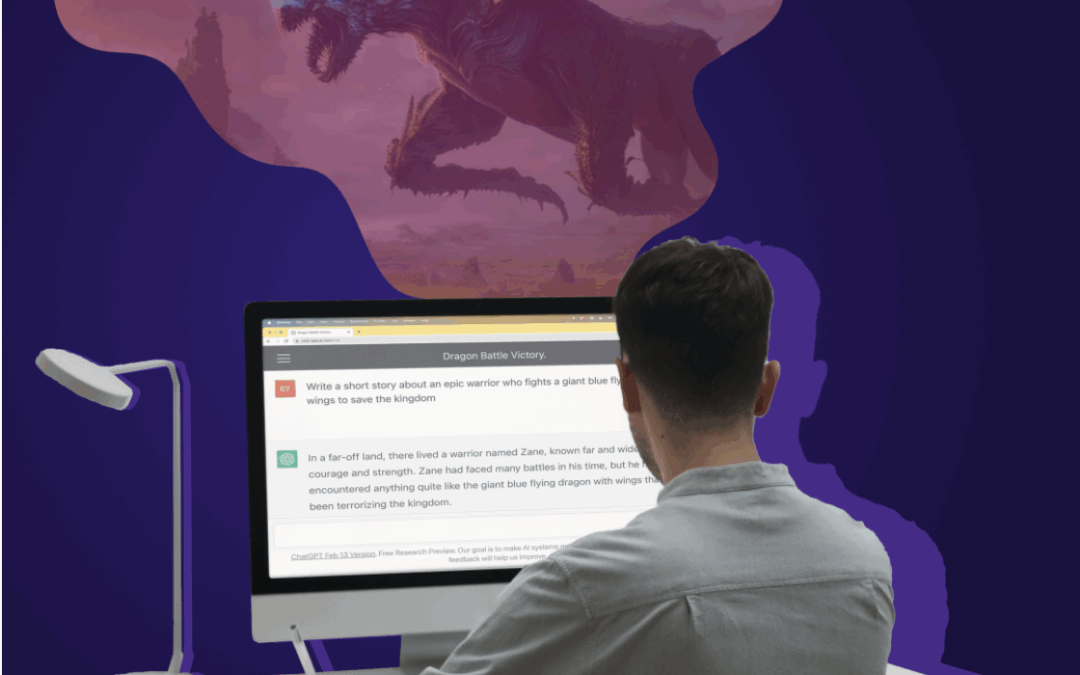
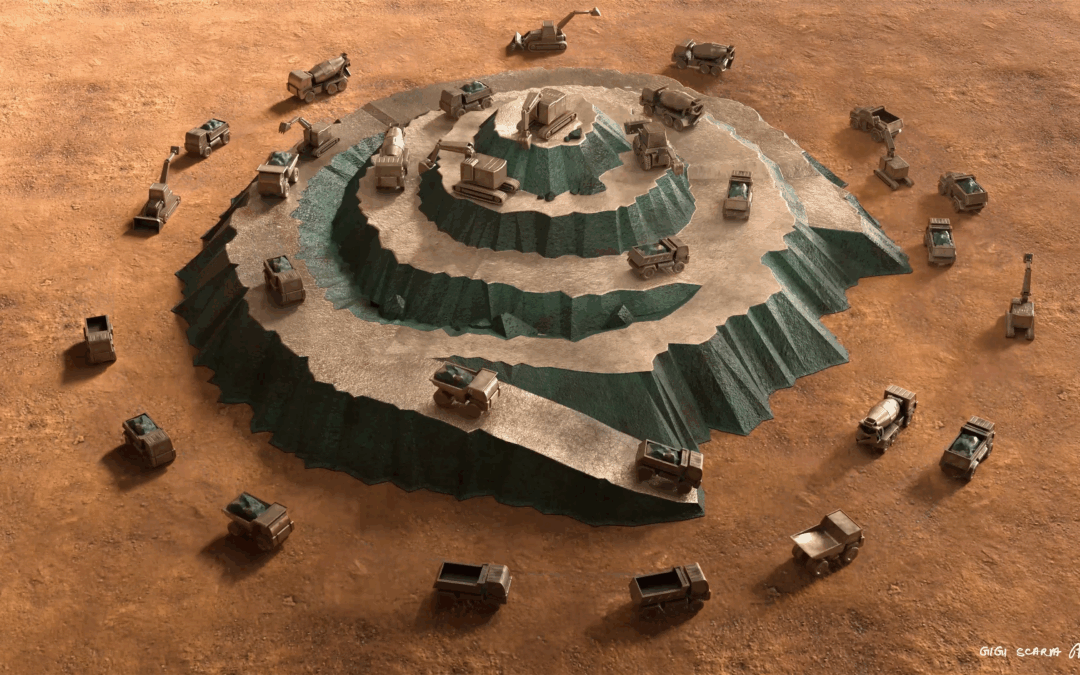
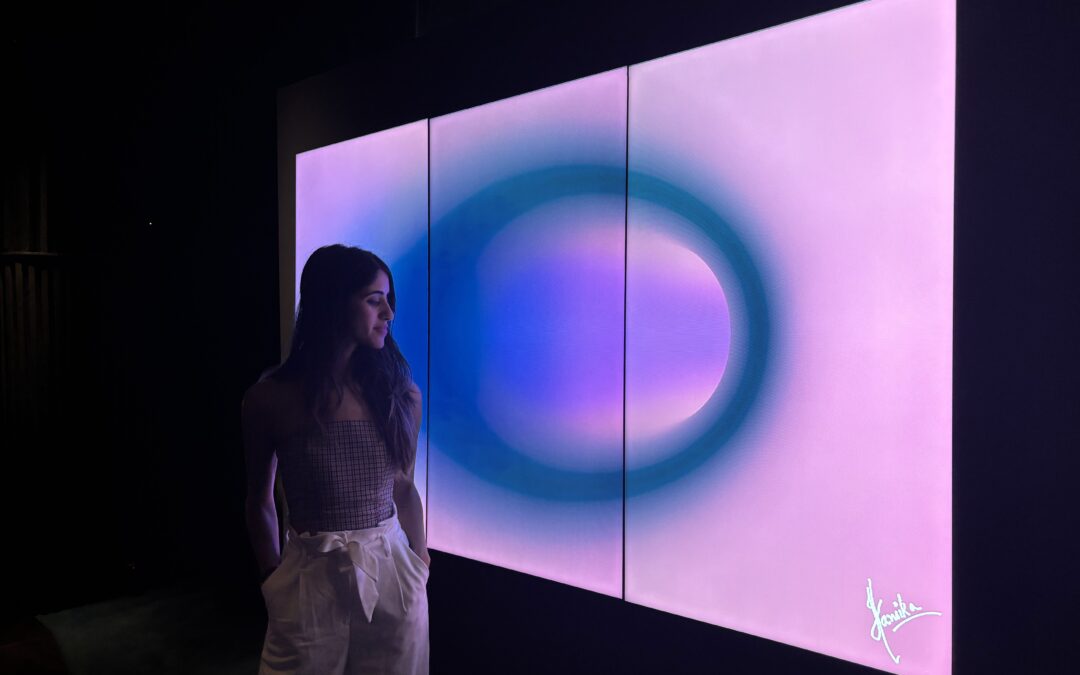
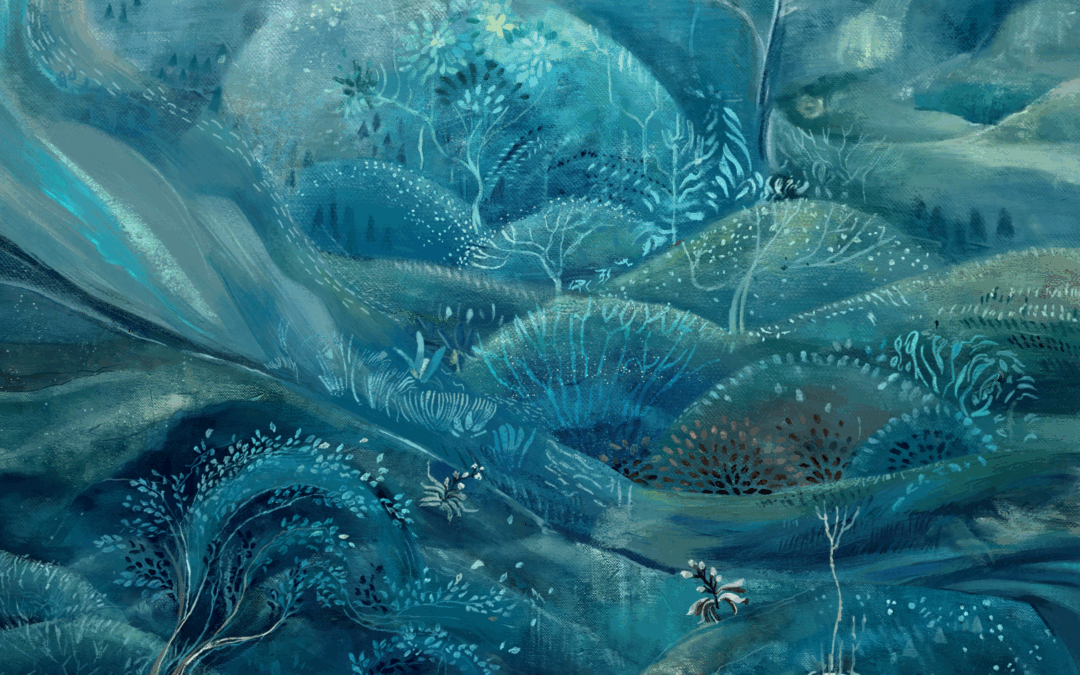
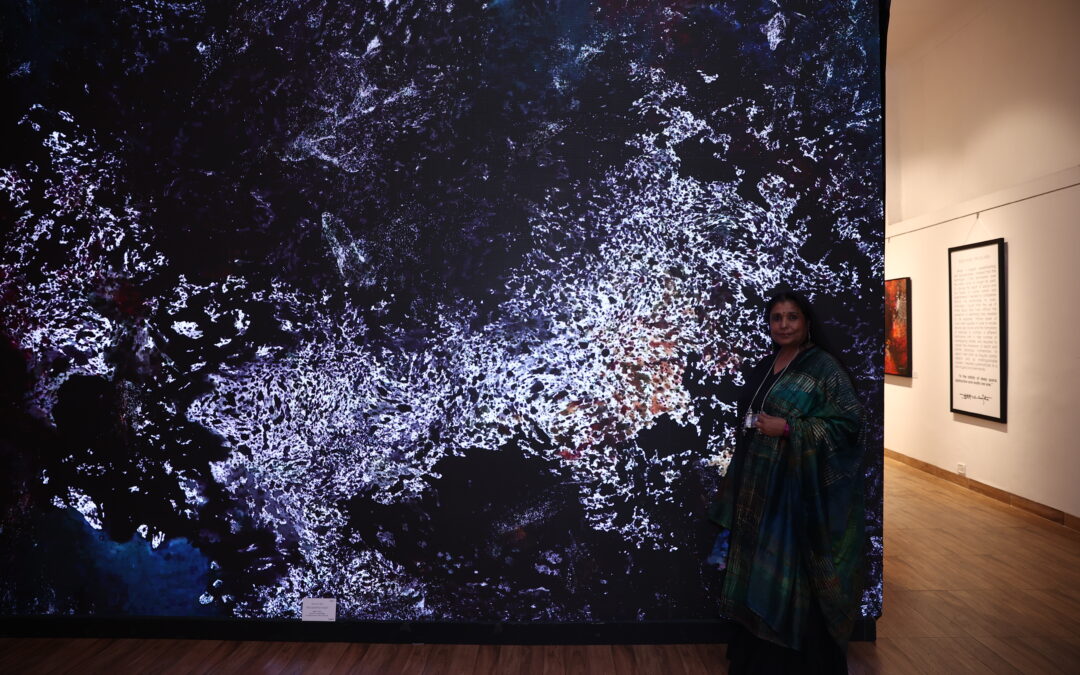
0 Comments